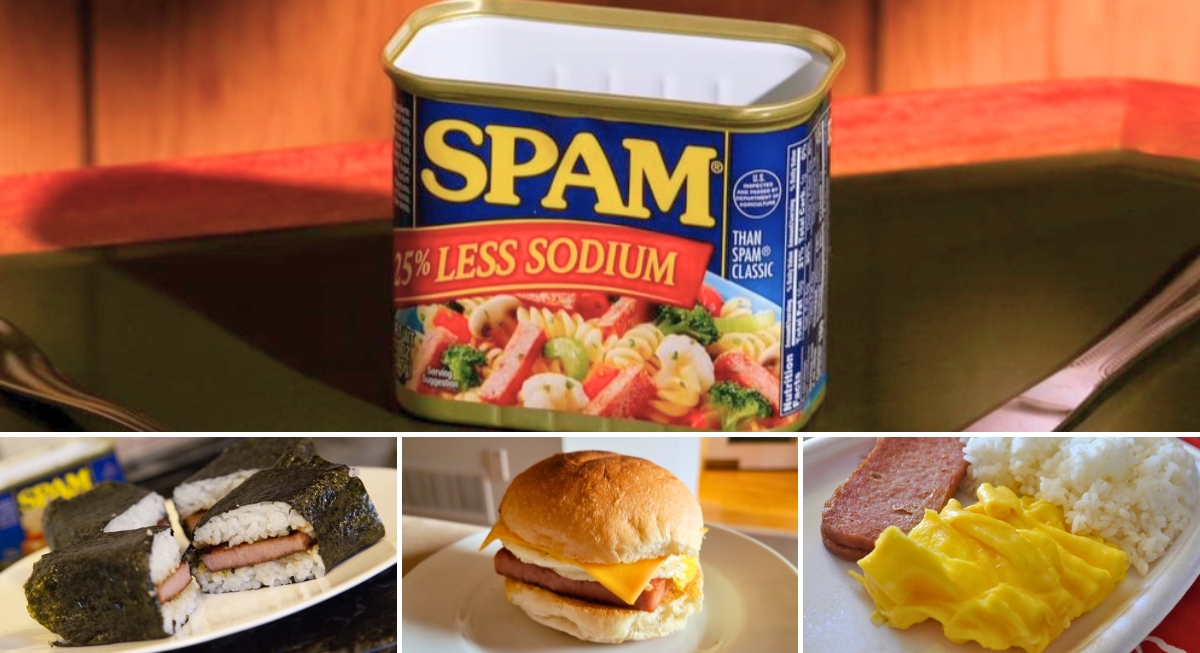It’s easy to feel guilty about your cravings when health advice swings from fear to facts every few years. One day it’s “cut the carbs,” the next it’s “bring on the butter.” Lately, doctors and nutrition researchers are rethinking which foods deserve a spot on the naughty list. It turns out that some of the so-called “bad” foods are actually packed with nutrients that your body can use. With moderation and smart choices, these foods can absolutely earn their way back onto your plate.
Potatoes

Credit: Getty Images
After a long time of being treated like empty carbs, potatoes are being recognized for bringing a lot to the table. They’re full of vitamin C, potassium, and fiber. Plus, they contain resistant starch that benefits your gut, especially when they’re cooked and then cooled. That starch may improve sugar regulation. Eating the skins boosts the nutrient count even further.
Eggs

Credit: Getty Images
They’ve been wrongly blamed for decades, but eggs are more of a nutrient powerhouse than a cholesterol bomb. Inside each shell, you’ll find protein, choline for brain health, biotin, and vitamin A. For most people, the cholesterol in eggs doesn’t significantly impact blood levels. Scrambled, boiled, or poached eggs make a satisfying, low-calorie addition to a healthy diet.
Dark Chocolate
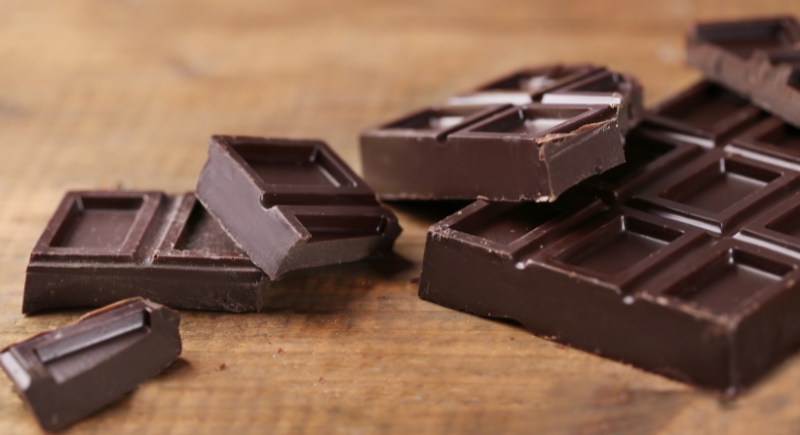
Credit: pixelshot
This dessert gets a sweet redemption arc. With high levels of cocoa, dark chocolate is packed with flavonoids and antioxidants that support heart health and even give your brain a boost. One square won’t erase your to-do list, but it might sharpen your focus while satisfying a craving. Stick to options with at least 70% cocoa and savor it slowly.
Cheese
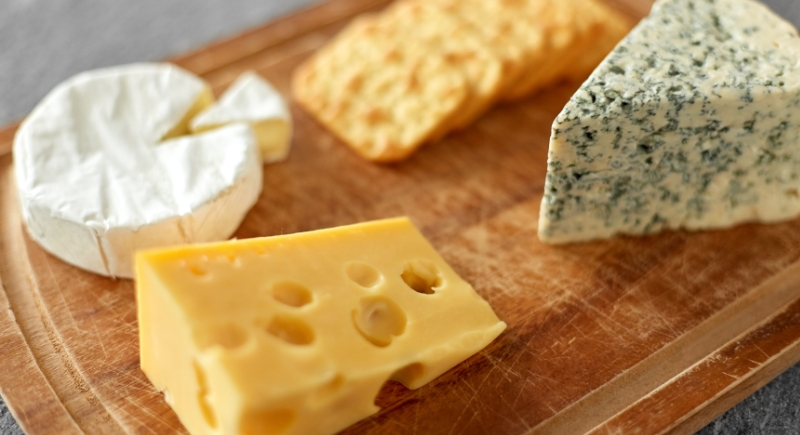
Credit: Canva
It might feel indulgent, but cheese actually delivers a solid mix of protein, calcium, and vitamin B12. Aged cheddar and Brie are among those touted to have heart benefits. With cheese, quality beats quantity. High-fat cheeses made from good milk can fit into a balanced diet without tipping the scales.
Butter (Especially Grass-Fed)

Credit: pixabay
Forget the guilt trip. In moderation, butter—especially from grass-fed cows—can give you valuable nutrition. It contains fat-soluble vitamins like A and E, and helps with digestion, gut health, and immune function. A small pat on whole-grain toast or vegetables won’t wreck your health plan. The key is real butter, not heavily processed alternatives.
Coffee
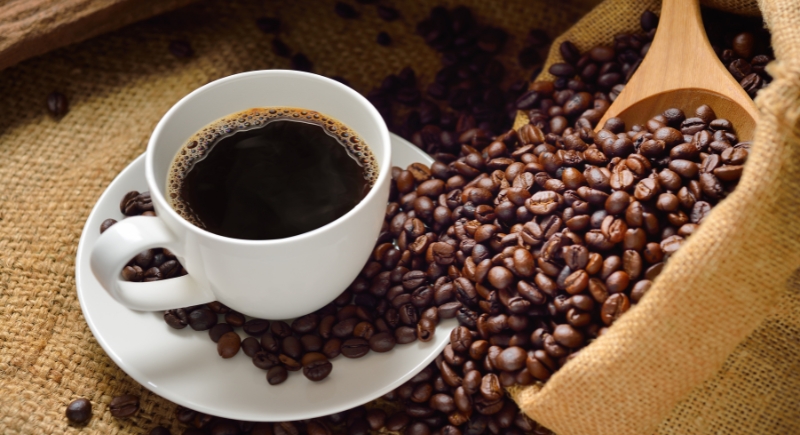
Credit: pixabay
Your morning cup might be doing more than just waking you up. Coffee is loaded with antioxidants and has been associated with a lower risk of type 2 diabetes, Parkinson’s disease, Alzheimer’s, and even some cancers. Moderation should be your watchword, though, and go light on the sugar and cream.
Red Wine

Credit: Getty Images
If you enjoy a glass with dinner, here’s some good news. Red wine contains compounds like resveratrol and polyphenols that have been tied to heart benefits and anti-inflammatory effects. One glass a day for women or two for men is the guideline that keeps it helpful, not harmful. The potential perks are no excuse to start drinking, but if you already enjoy it, consider that a toast to moderation.
Whole Milk
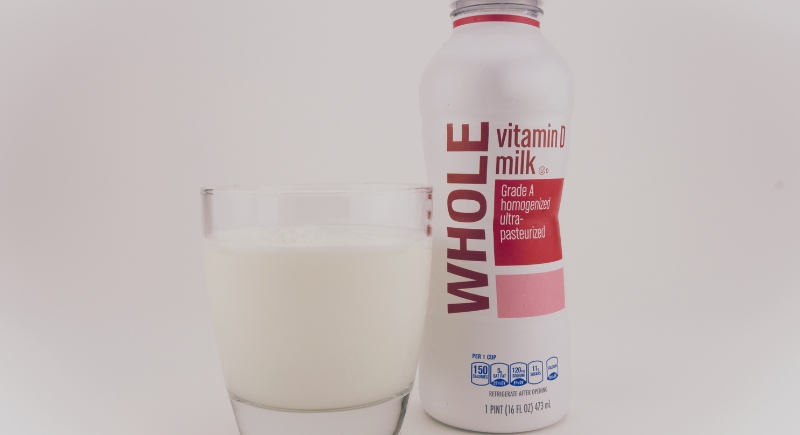
Credit: Canva
Whole milk is making a quiet comeback. Studies now suggest that full-fat dairy may be better at supporting a healthy weight and reducing the risk of type 2 diabetes. It delivers vitamins that need fat to be absorbed. Plus, whole milk can help you feel fuller longer.
Avocados
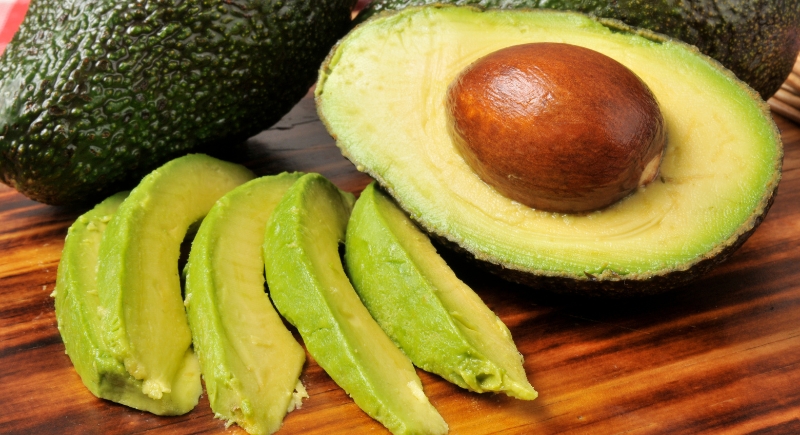
Credit: Getty Images
Though sometimes misunderstood, avocados can actually give you a serious nutritional boost. They’re packed with heart-healthy monounsaturated fats, fiber, and potassium, which help lower bad cholesterol and promote fullness. They're even trendy, mashed on toast or sliced into a salad.
Canned Vegetables (Low-Sodium)
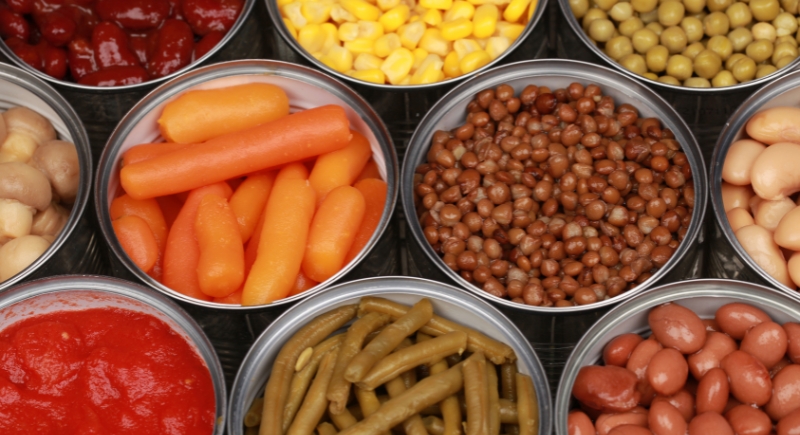
Credit: Canva
Fresh may be best, but canned veggies still deserve respect. Low-sodium versions retain much of the same nutrients, and in some cases, like with tomatoes, they’re even better. Canning breaks down plant walls and makes antioxidants like lycopene easier to absorb. For quick, affordable meal prep without losing health points, canned green beans, corn, and carrots can easily hold their own.
Breakfast Cereal (Fortified, Whole Grain)
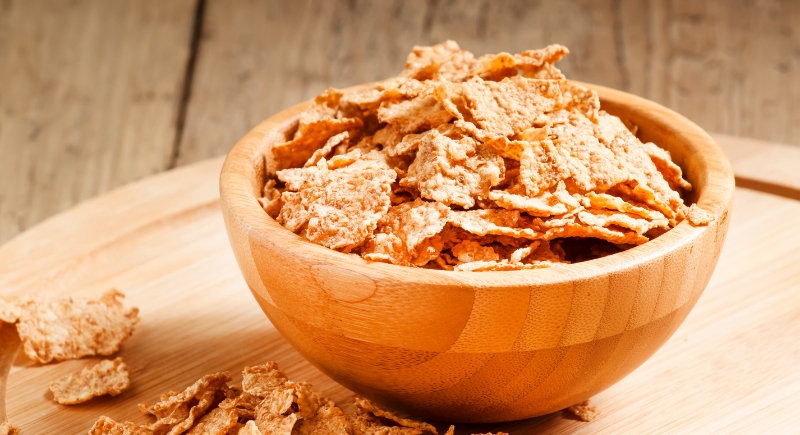
Credit: Getty Images
It might surprise you, but the right breakfast cereal can be a solid nutritional win. When you choose whole grain, low-sugar varieties, you get a convenient source of iron, B vitamins, and fiber. Many are fortified with nutrients Americans often lack, like folic acid and vitamin D. Top it with milk and some fruit, and it quickly becomes a balanced, energizing start to your day.
Nuts
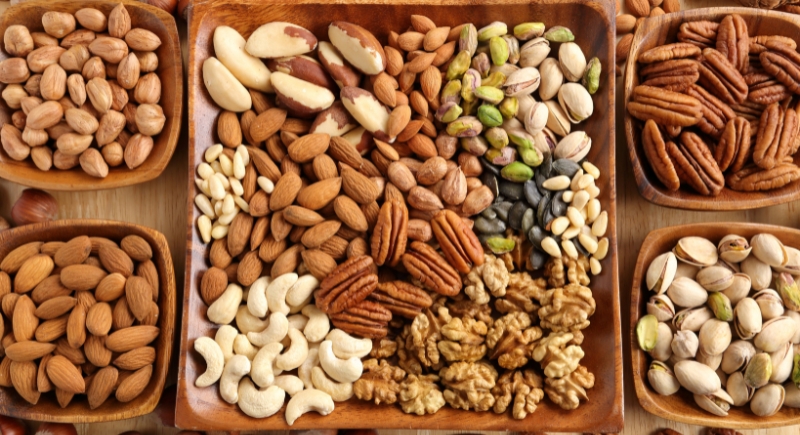
Credit: Getty Images
Despite their high calorie count, nuts have a lot going for them. A small handful delivers healthy fats, protein, and fiber, all of which help control hunger and reduce heart risks. When eaten in moderation, they’re one of the simplest, most portable snacks to keep your body running smoothly and your cravings in check.
Chocolate Milk

Credit: freepik
With its mix of protein, carbohydrates, and electrolytes, chocolate milk actually earns points as a recovery drink. Although it's been considered a sugar bomb for a long time, it helps replenish muscles and hydrate you after a tough workout. That’s why athletes and trainers are often fans of the low-fat or reduced-sugar options.
Popcorn (Air-Popped)

Credit: Getty Images
Not all snacks are created equal, and air-popped popcorn proves it. As a whole grain rich in fiber and polyphenols, it’s light, crunchy, and satisfying without a ton of calories. The trick is keeping it simple. Skip the movie-theater-style butter and caramel coatings. A sprinkle of sea salt or nutritional yeast can add flavor while keeping it healthy and waistline-friendly.
Peanut Butter (Natural)

Credit: Canva
Creamy or crunchy, natural peanut butter is more than a sandwich spread. When you stick with options that contain only peanuts and maybe a bit of salt, you get a food that’s satisfying, versatile, and energizing. It contains heart-healthy fats, muscle-repairing protein, and important minerals like magnesium. Use it on toast, with apples, or in smoothies.


